Custom PU Hose
Benefits of PU Hose
PU Hose is a durable, flexible and cost-effective solution for a variety of industrial applications. Its benefits include excellent resistance to wear, tear and chemical damage, as well as superior flexibility and low maintenance requirements. It has a low permeability rate, which means it can be used in hazardous environments without the risk of leaking or becoming damaged. Additionally, PU Hose is lightweight and easy to install, making it an ideal choice for many industrial needs.
PU Hose also offers excellent thermal and electrical insulation properties, making it an ideal choice for applications where extreme temperatures and high voltages are present. It has superior flexibility, allowing it to be shaped into various designs to meet the needs of any application. This type of hose also offers excellent chemical resistance and can withstand harsh environments without any degradation or damage. Finally, PU Hose is easy to maintain and requires minimal upkeep. This makes it an economical choice for industrial applications that require long-term performance.
Polyurethane (PU) hoses are versatile, durable and reliable pieces of equipment used in a wide range of industrial applications. They have many benefits over traditional materials such as rubber and PVC, making them a popular choice for businesses.
One of the main benefits of using PU hoses is their strength and durability. Polyurethane is an incredibly strong material, making it ideal for use in high-pressure situations. This makes them perfect for systems where long-term reliability is essential. PU hoses are also resistant to a variety of environmental conditions, meaning they can be used safely in outdoor or harsh environments without risk of failure.
Another advantage is their flexibility. PU hoses are much more flexible than their rubber or PVC counterparts, allowing them to be routed around obstacles with ease. This makes them perfect for tight spaces where other materials may not fit. Furthermore, they can withstand temperature extremes and are generally unaffected by oil and other chemicals, making them suitable for a wide range of applications.
Finally, PU hoses are extremely cost-effective compared to other materials. They offer excellent value for money thanks to their durability and resistance to wear and tear, making them a great choice for businesses needing to keep costs
Types of PU Hose
There are many types of PU (polyurethane) hoses available on the market today. Depending on the application, different types of PU hoses may be appropriate for different tasks. From general-purpose hoses to specific applications, these hoses come in a variety of sizes and shapes. Let’s take a look at some of the most common types of PU hoses to help you decide which one is right for your project.
One popular type of PU hose is the reinforced hose. This type of hose is designed with an inner layer of polyurethane encased in a second outer layer of high-strength nylon or polyester fabric. This makes it resistant to abrasion and tears, and allows it to withstand higher pressure ratings than other types of PU hoses. Reinforced PU hoses are often used in industrial settings where they need to endure higher temperatures and pressures.
Flexible PU hoses are another common type of hose. These hoses are designed to be lightweight and flexible while still offering excellent abrasion resistance and strength. They have a higher flexibility than other types of PU hoses, making them ideal for applications that require tight bends or curves in the hose route.
Polyurethane (PU) hoses are a type of reinforced and flexible hose used in a variety of industrial applications. PU hoses are extremely durable, resistant to abrasion and chemical damage, and can withstand extreme temperatures. Furthermore, they are lightweight and flexible, making them easy to install and use. As a result, they offer superior performance than other hoses in many applications.
PU Hose Cleaning and Maintenance
Proper maintenance of PU (Polyurethane) hoses is essential to keep them working effectively and safely. With regular and thorough cleaning, you can ensure that your PU hoses will last longer and perform better.
To begin, inspect the hose for any signs of wear or damage. If you find any, replace the hose immediately.
Next, use a soft brush to clean off any dirt or debris on the outside of the hose. This can be done with a mild soap and warm water. Be sure to rinse off the soap with water afterwards.
Once you have finished cleaning, use compressed air to blow out any remaining debris from inside the hose. This will help keep it free from clogs and other obstructions.
Finally, store your PU hoses in a cool, dry place away from direct sunlight and extreme temperatures. This will help prevent them from becoming brittle or weakened over time.
Advantages of over Rubber Hose
Rubber hoses have many advantages, but there are some distinct benefits of using a PU (Polyurethane) hoses instead. PTFE hoses offer an improved level of safety and reliability, as well as increased durability and flexibility.
One of the biggest advantages of PU hoses is that they are non-reactive and chemically inert, making them highly resistant to corrosion or chemical attack. This makes them ideal for use in harsh or corrosive environments where other types of hose may not be suitable. They also have a wide temperature range, allowing them to be used in both high and low-temperature applications.
Another benefit of PU hoses is that they are extremely lightweight, which makes them easier to install than heavier rubber hoses. Additionally, they require less maintenance than rubber hoses and are much more flexible, making them easier to maneuver during installation.
Finally, PU hoses are more durable than rubber hoses and can withstand higher pressures without bursting or leaking. This makes them a great choice for applications where high pressure is a factor.



-1671780874719.png)



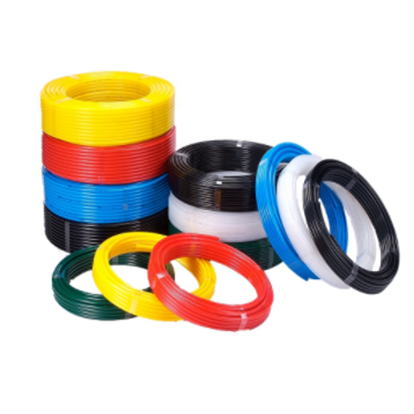 Nylon tubing
Nylon tubing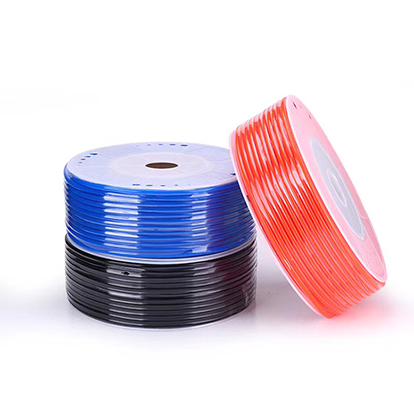 PU Hose
PU Hose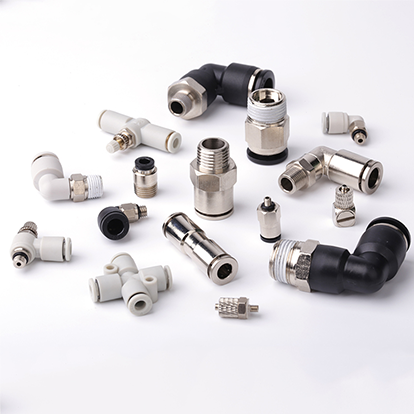 Fitting
Fitting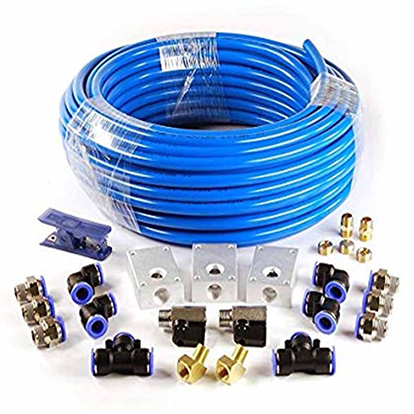 Kit/set
Kit/set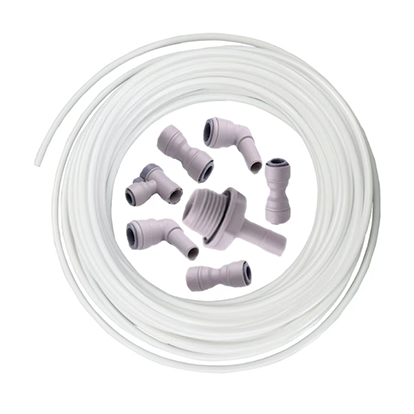 Water Purifer Hose And Connector
Water Purifer Hose And Connector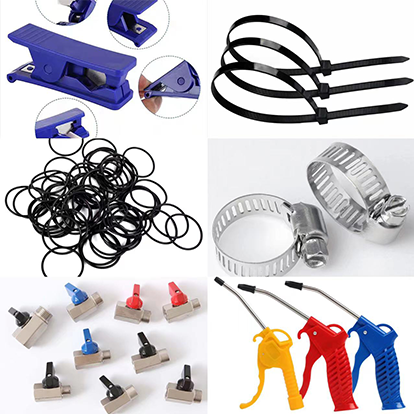 Accessory
Accessory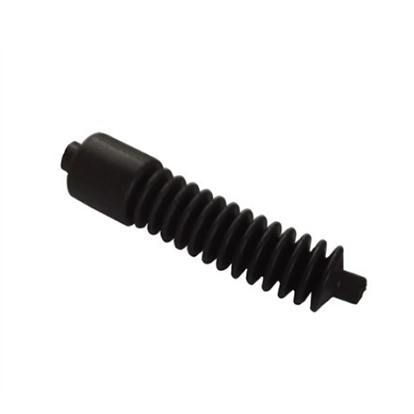 Customized Part
Customized Part










